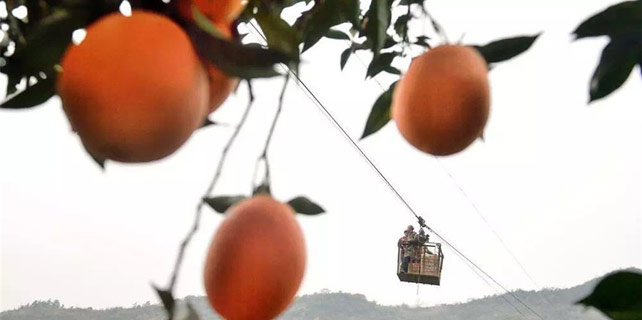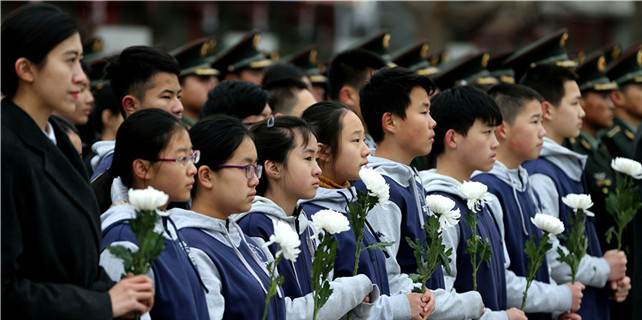Italian expert believes China's wine market keeps growing with upward trend expected
ROME - China's wine market has continued to grow at a steady pace in the first nine months of 2016, doing better than other major markets at global level, according to an Italian expert who has led a team for study in global wine market.
Only China "will keep running at a fast pace," Denis Pantini, head of Nomisma Wine Monitor, told Xinhua.
Overall, the Chinese market was expected to reach a "20 percent increase in foreign wine imports by the end of the year," according to Pantini whose team is responsible for a wine market study report in Bologna-based Nomisma economic institute.
Compared to the steady performance of China, the newly released study said, other major markets looked in less good shape.
"After year 2015, in which global wine imports grew by more than 10 percent in value, our estimate on wine purchases in the world's first eight markets --accounting for almost two-thirds of imports worldwide -- does not seem to show the same positive results," the study said.
Considering trends in the 2016 first three quarters, the Nomisma analysts predicted that by the end of the year, a less than two percent annual import increase will be seen in the United States, a nine percent decrease in Britain, a four percent decrease in Germany, and an almost three percent growth in Japan.
Nomisma's assessment showed a "worrying decline in global still bottled wine imports, making more than 70 percent of all world imports in the category, in almost all of the largest markets, with a drop exceeding 10 percent in the UK."
In such an unclear global landscape, "also Italian wines are affected by setbacks and uncertainties, with spread declines that spare a few large exporters only," Pantini said.
However, sparkling wines, on the contrary, were showing upwards trends, and Italian ones registered rises above the average, with a near to 30 percent growth in Britain and the United States, he stressed.
The study report also said that several operators "seemed to remain on the sidelines, also because of the many variables envisaged for 2017."
Crucial uncertainties were the still-unknown date when Britain would leave the European Union (Brexit), the loss in value suffered by British pound against euro since Brexit referendum, and the unexpected victory of President-elect Donald Trump in the United States, the expert said.
On the other hand, Patini believed that China would offer a positive outlook, foreign wine imports in the country grew by over 19 percent between January and September compared to the same period in 2015, and they would almost reach 2.2 billion euros ($2.3 billion) in value by the end of the year.
According to the Nomisma study, relevant indicators would suggest that "the game in the Chinese market will have to be played more and more through brand and product positioning."
"One example is the overtaking of off-trade over restaurant sales in the last two years," said Business Strategies CEO Silvana Ballotta, who is the partner of the wine market study.
Such gap was expected to widen in the next years, with off-trade consumption possibly accounting for almost three-quarters of all sales by 2020, according to the entrepreneur.
As for Italian wines, they could boast a sensible improvement: Chinese imports of Italy's still-bottled wines grew by 35 percent between January and September 2016, compared to the same period in 2015.
It was the highest performance registered among all competitors, followed at a distance by Spanish wines with 31 percent, Australian wines with 25 percent, Chile and France's with 21 percent.
However, the report warned Italy's share of imports was still low. France was largely expected to remain China's top wine trading partner this year, with a market share of 45 percent in the first three quarters; Australia would come second with 24 percent, then Chile and Spain with nine percent and seven percent respectively.
Italy was expected to rank fifth, with a share of 5 percent.
















